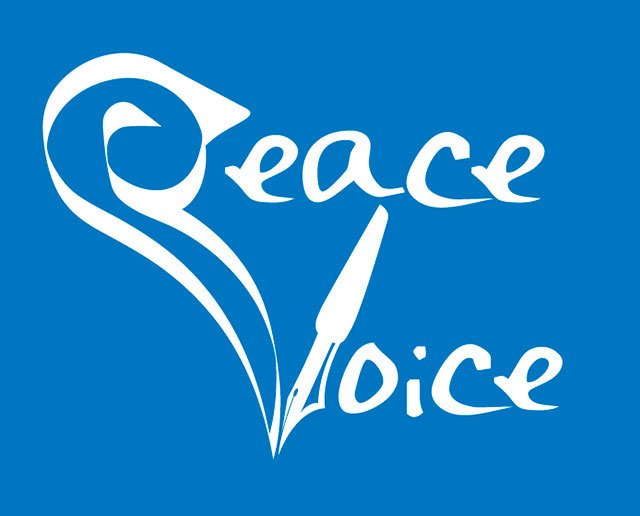When reality show celebrity Donald Trump won the 2016 Presidential Election, many of us who professionally and passionately work for peace and justice knew that it was once again time to ramp up nonviolent resistance. We had to resist the laundry-list of social inequity being spewed out. With the cabinet picks and inauguration day, the last glimmer of hope for a Presidential pivot faded away. Yet, something wonderful happened when Trump was inaugurated. Resistance has gone mainstream and spread into all sectors of society.
The Women’s March and its sister marches, which, according to one of the world’s leading experts on civil resistance Erica Chenoweth and her colleague Jeremy Pressman, “was likely the largest single-day demonstration in recorded U.S. history,” set off a series of events that even the most experienced nonviolent activists — think Anti-Vietnam War mass mobilizations — have yet to fully understand. An encouraging observation during and after the women’s marches was the notable presence of small town America. This alone is encouraging, since from the study and practice of resistance we know enough about how mass mobilizations can turn into movements leading to high-stakes victories such as overthrowing dictators nonviolently. But something else happened.
Resistance did not only take place in the form of protest, but the moral reserve across the social and economic spectrum has been awakened. The following examples illustrate that resistance must not be understood as merely demonstrating on the streets:
Nordstrom, Neiman Marcus, T.J. Maxx and Marshalls stopped featuring Ivanka Trump products after consumer boycott calls.
The city of Seattle will withdraw $3 billion in city funds from the Wells Fargo Bank for financing the Dakota Access Pipeline, a controversial infrastructure project that Trump greenlighted through an Executive Order.
U.S. Senators like Jeff Merkley from Oregon are openly using the terminology and some tactics of resistance.
Top evangelical leaders from all 50 states denounce Trump’s immigration ban.
More than 120 companies including giants like Apple, Facebook, Google, Microsoft, Uber, Netflix and Levi Strauss & Co, filed a legal brief condemning Trump’s immigration ban.
The Seattle Symphony Orchestra hosts a free special concert featuring music from the countries affected by the immigration ban.
Superbowl winners Martellus Bennett and Devin McCourty will not attend the White House photo-op because of Trump.
A thousand State Department officials issued a dissent cable against the immigration ban.
Wheaton College established a refugee student scholarship.
The New York Fashion week and the exhibiting designers aligned themselves with the resistance against Trump.
National Park Service employees launched unofficial Twitter accounts, defying Trump’s gag orders.
Superbowl advertisers subtly and not so subtly demonstrated American values of diversity and inclusiveness.
Hundreds of New York City grocery stores closed in protest of Trump’s immigration ban.
Former congressional staffers published “Indivisible: a practical guide for resisting the Trump agenda” which has led to the formation of local citizen groups all over the country.
Almer Siller Contreras from Mexico returned her tourist visa for the U.S. in protest of Trump.
Why do these acts of resistance matter?
The broad resistance comes with a real opportunity for this nation to move off the destructive path the Trump administration has taken it on. The administration can only deny and diminish the resistance to a certain degree. Demonstrators can only be labeled as “professional anarchists, thugs and paid protesters” when there are violent flanks – which should be always avoided and distanced from the resistance movement – and when no other forms of resistance take place. The broadening has changed the playing field.
Many new people are likely to join because they find approaches that suit their immediate context, their values, their capacity, their priorities, and willingness to get engaged. The possible forms of resistance are only limited by creativity. New people are becoming activated and part of the resistance because they feel they have something to contribute. Seasoned activists should not judge them or look down on them because they waited until now. Over time, the currently still very polarized camps of Trump supporters and opponents will be able to come together over American values of democracy, freedom and equality. Most Trump supporters, I am sure, did not vote for hate and fear. The growing resistance movement needs to keep the doors open for them to join. The resistance is built on the intersectionality of issues, creating unity for the many groups who are threatened and those who are in solidarity. In often complex political situations, it is easy to pick a side against an authoritarian and erroneous leader, while at the same time advocating for a variety of issues that are based on common American values.
One thing is clear, we are not on an inevitable path toward successful resistance. It does not always work. It can be distracted by a loss of momentum, struggles over agendas and strategies, successful propaganda efforts to distort facts and insertion of violence to name only a few factors. However, by looking at patterns and cases of civil resistance over history, we must give Trump credit for one thing he said: “Jan. 20 2017, will be remembered as the day the people became the rulers of this nation again!” Observing how the theme and practices of resistance to the Trump administration have pervaded all sectors of society, he got that one right. If it’s nonviolent, there’s no limit to resistance. Resistance is what people chose to undermine policies and orders that are un-American, harm other people and the planet.
Patrick T. Hiller, Ph.D., syndicated by PeaceVoice, is a Conflict Transformation scholar, professor, served on the Governing Council of the International Peace Research Association (2012-2016), member of the Peace and Security Funders Group, and Director of the War Prevention Initiative of the Jubitz Family Foundation.



